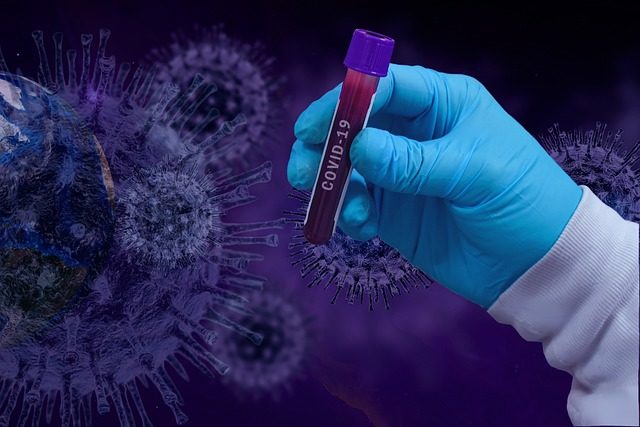By Lee Egerstrom
Anyone who participated in demonstrations following the death of George Floyd, or encountered people who did, should consider getting tested for the COVID-19 virus, say health officials in Minnesota and at the national level.
South Minneapolis, where Floyd died on May 25 while in police custody, had large gatherings for nine straight days that could be spreading the virus. Autopsy reports also show Floyd tested positive for COVID-19; while he may not have shown symptoms, he may have been a carrier and could have infected people around him or who handled him after his death.
Mass gatherings of people also occurred in St. Paul, Duluth, and at several other cities across Minnesota.
Thousands of people were in close contact at demonstrations, vigils and memorial services. They often came in contact with others who gathered to protect property from looters and those who would cause damage, as was the case along the Franklin Avenue and the American Indian Cultural Corridor. First responders and service providers were also put at risk.
The Minnesota Department of Health has several recommendations for people who may have been exposed to infected people at these mass events.
It recommends expanded COVID-19 testing across the state. “Even if there was little activity in your community, because Minnesotans traveled from around the state to participate, any community could see an increase in the number of new COVID-19 cases,” the department warned.
Identifying and testing people who participated in mass events would help start appropriate isolation and quarantine measures, helping to keep the virus from spreading even farther.
If there is another spike in COVID-19 cases from these events, MDH said signs should begin in the next few days. Health officials believe the virus incubation period is between three and seven days.
In the meantime, the department reminded people “to continue to use precautions to decrease the possibility of transmission: maintain 6-feet distance, wear a mask whenever possible, avoid crowded situations, and practice good hand hygiene.”
While the death of Floyd occurred in Minnesota, reactions led to demonstrations all across the nation. The Centers for Disease Control and Prevention (CDC) flat out suggests you get tested if you attended a mass protest.
Dr. Robert R. Redfield, the CDC director, told a Congressional panel on Thursday that anyone who attended a protest gathering should get tested. “I do think there is a potential, unfortunately, for this to be a seeding event,” he said.
The Minnesota Department of Health has a locator map showing where you can get tested, listed by both city and by county. It can be accessed at https://mn.gov/covid19/for-minnesotans/if-sick/testing-locations/.
It also has information on “What to do if you’re waiting for COVID-19 test results:” https://www.health.state.mn.us/diseases/coronavirus/waiting.pdf
And, if you have been in contact with someone who has tested positive or shows symptoms, MDH has this advice:
Watch yourself for symptoms for 14 days, and stay at home as much as possible;
If you must go to work, “work with your boss for ways to check your symptoms in the morning before you go to work.” Watch yourself for symptoms. Clean surfaces you touch, and – the usual – “wash your hands often.”
MDH defines “close contact” as someone you live with or have some sort of relationship with.
This latter advice is from the department’s “If you are sick: COVID-19” guide: https://www.health.state.mn.us/diseases/coronavirus/sick.html#contact.
Translated versions can be seen at: https://www.health.state.mn.







